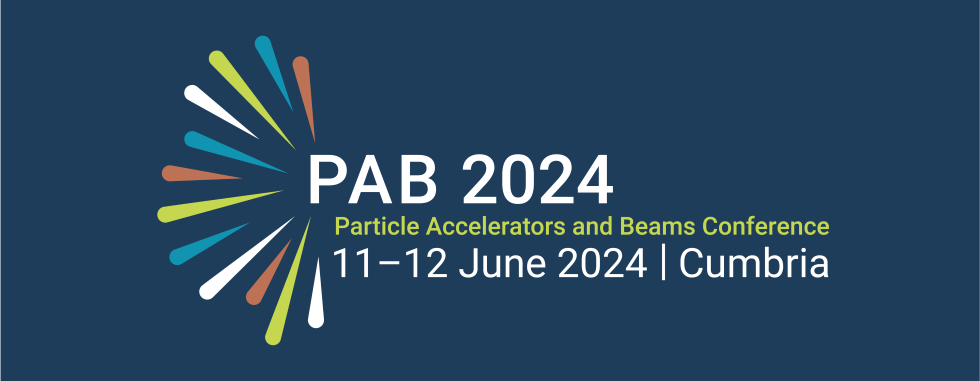Speaker
Description
At NNL we have a developed a new tool, the Computational Assessment of Radionuclide Production tool, or CARP for short, which models the evolution of a target material's nuclide inventory when irradiated by an incident particle beam. The intention of the tool is to allow quick assessments of radionuclide production, highlighting the yield of any nuclides of interest and the downfalls of the given production route.
CARP is a deterministic code which utilises NNL's FISPIN 11 nuclide inventory code as a calculation kernel and requires an energy dependent particle flux spectrum produced using a particle transport code such as MCNP or Serpent that has been used to model the incident beam. This data in convolved with a given cross-section dataset which translates the beam data into a set of cross-sections applicable to FISPIN's inventory evolution capability. Thus CARP utilises this beam information and produces a nuclide inventory at any number of user defined timesteps in both irradiation and cooling such that an experiment may be optimised. Furthermore CARP is capable of modelling multiple irradiations (including multiple particle types) and cooling steps for a single target in a single case.
For each inventory calculated the code also produces a set of associated parameters of interest including alpha, beta and gamma activities and energies, gamma spectra, and mass, mole and atom contents. The outputs are heat mapped and the time evolution of each parameter is plotted.
CARP is designed to be flexible, batch operable, and easy to use with a simple input system for straightforward usability, and produces a simple, human and computer readable and malleable output.
CARP is currently undergoing its first stage of verification and validation using reactor beam data from the EU SECURE programme, and we intend on repeating the process with accelerator beam data at the first opportunity.

